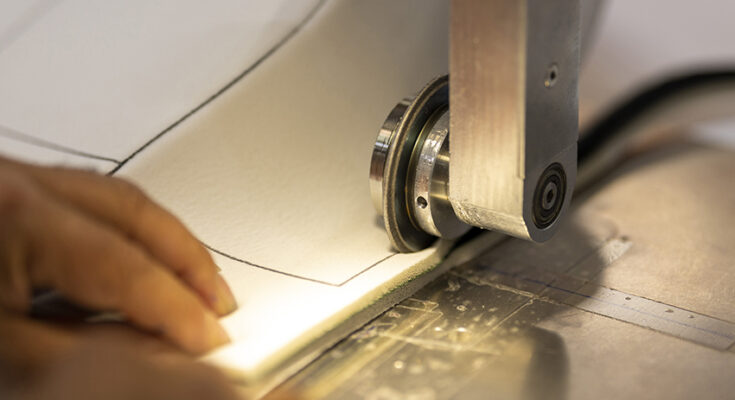The manufacturing process of industrial fabrics should always be conducted to the highest standard to ensure accuracy and safety standards that match the requirements and regulations for specialised textiles that are used within a wide range of industries and specific regulatory parameters. This is a guide about fabric welding and the different applications and industries that it is used within.
What are the benefits of fabric welding?
Fabric welding within heavy industrial settings comes with a range of benefits. Fabric welding employs heat and pressure to fuse together pieces of fabric with the end result of strong bonds. This ensures that the finished product is a material that is resistant to leakage and breaks. Key benefits of fabric welding include:
- Enhanced resistance to abrasion
- Lower costs associated with maintenance and repair
- Seam life that is long-term and durable
- Smooth and desirable finish
- Resistance to water and leakage
- Reduction in manual labour requirements
- High rates of production
What are industrial fabrics?
These are specialised textiles that are designed and engineered to be used within strenuous applications. It is important that fabrics used within an industrial settings have high levels of strength and are designed to last for a long time. You’ll find fabric welding is used to create such textiles for use across a wealth of industries, such as the manufacturing of graphic banners, materials for roofing, manufacture of tents and awnings, alongside a whole host of other applications. With high quality fabric welding, there is an optimal performance with perfect seams and an increased functional capacity that enhances longevity and durability of the materials in question.
What are the different types of fabric welding?
When thinking about different types of fabric welding and the applications and industries it is used within, there are a few different considerations, including more than just industrial fabrics as mentioned above.
Hot air welding
This uses a combination of precise heat, pressure, and speed to create fabric seams that are secure due to the use of thermoplastics. The benefits of this style of fabric welding are free-hand design capabilities, the chance to stop and start during production where necessary, and is great for three-dimensional products, as this style of fabric welding is best used in the manufacture of tarps, signs, rafts, tents, and awnings.
Hot wedge welding
This relies on extreme heat and pressure to join materials using a hot wedge that is positioned at the point of welding, which is then used for the material to be pulled across to create a seam. It is the ideal process for long, continuous seams, ideal for films, and works well with very thick materials and multiple fabric layers, whilst also being a quiet technology.
Impulse welding
This is a ‘hot-bar method’ where two impulse-heating bars apply heat and pressure as the fabric is pulled through the top and bottom bars. The benefits of this style of fabric welding are that there is a lower risk of injury for operators, it produces clean seams, and is suited for blinds, banners, shades, and awnings.
RF Welding
Radio Frequency (RF) welding, or dielectric welding is where radio frequency energy is used to heat materials from the inside out, with no limit on the thickness of materials being welded together. The same area of the weld can be hit more than once, and the procedure performs well with a variety of unique shapes and within many different industrial manufacturing applications.
Utilising the expertise and experience of a fabric welding specialist will help to ensure that whatever applications you require fabric welding support for will be completed to a high and rigorous standard that matches the regulatory compliance that is required for your industry. You need to ensure that the finished product is to the highest optimal standard for safety reasons alongside quality too, and choosing the right supplier gives you confidence that the fabric will last for a very long time without diminishing quickly in terms of quality.




